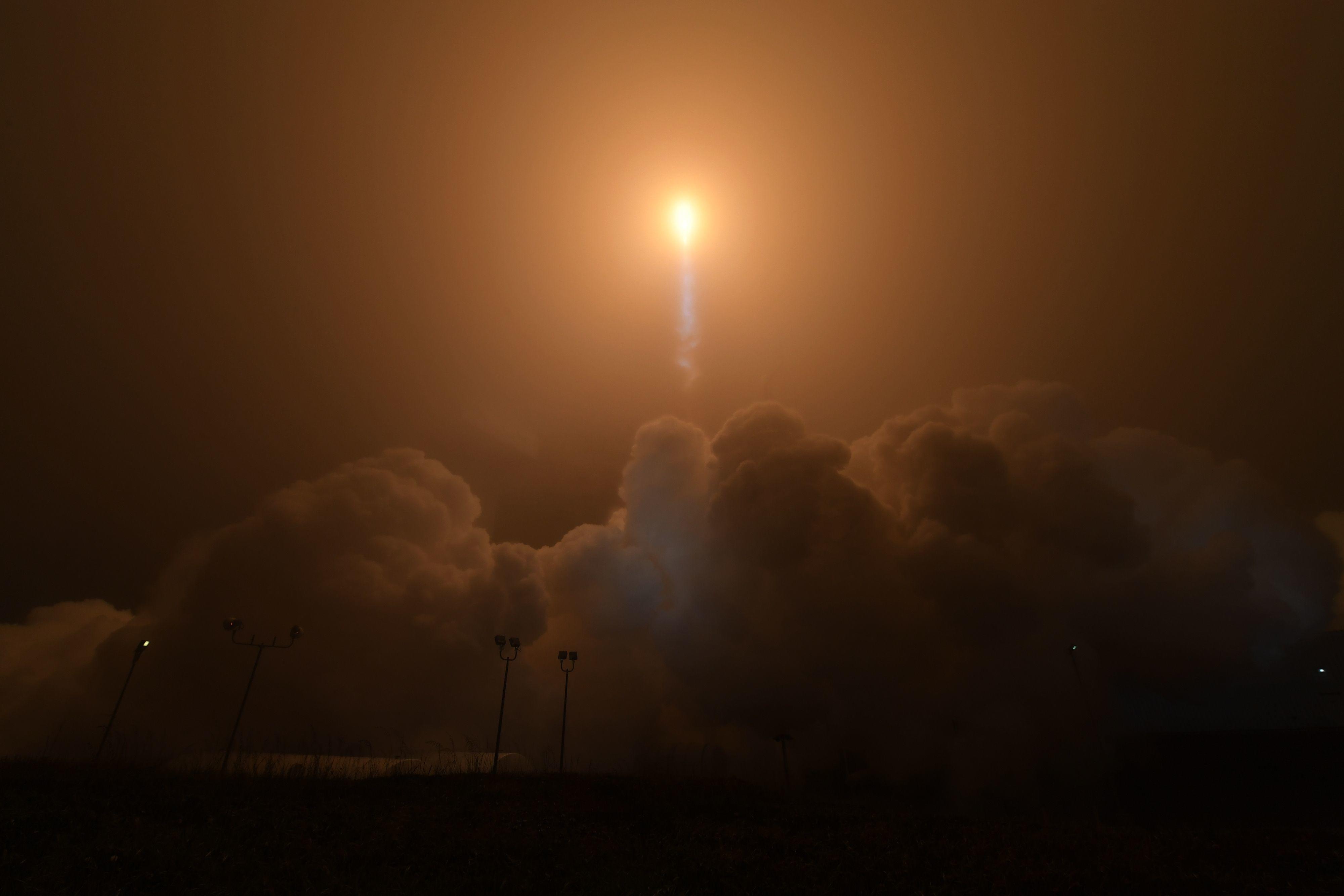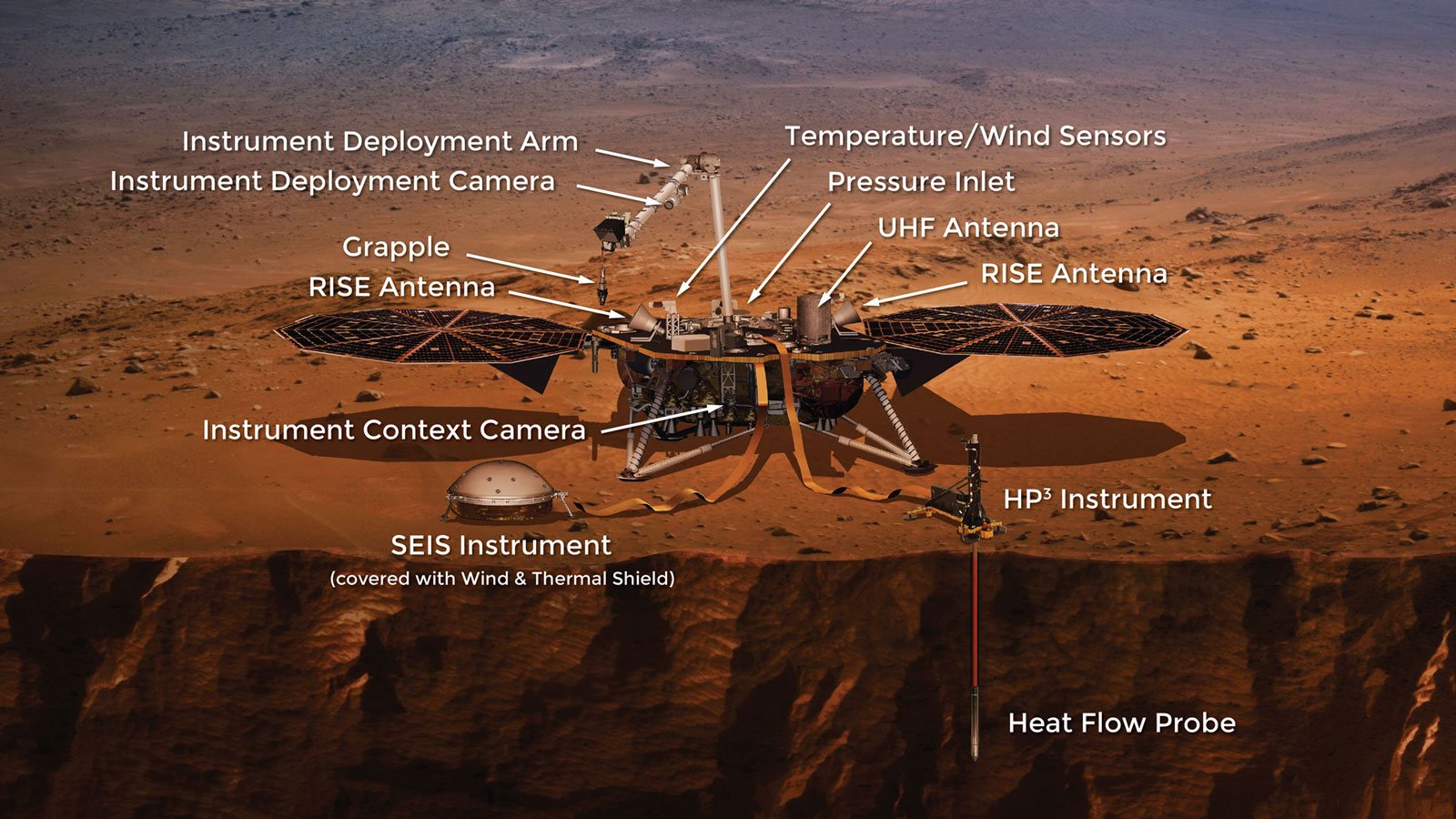
NASA’s new spacecraft InSight was launched last week and will give Mars its first 4.6 billion year health check. The spacecraft will measure the temperature, measure the pulse and several other tests of the red planet.
“We’ll study its pulse by ‘listening’ for marsquakes with a seismometer,”
“We’ll take its temperature with a heat probe. And we’ll check its reflexes with a radio experiment.”
– InSight’s Bruce Banerdt, the mission’s principal investigator.
At the moment, Mars Opportunity and the MSL Curiosity rover are rolling around and investigating the rocky surface of our neighboring planet, they will soon be joined another curious machine, InSight.
But unlike its rolling robot rovers, Nasa’s new robot will stand still, which is necessary to investigate Mars in depth. The robot is equipped with three different instruments that will measure the planet’s temperature, seismic activity and its orbit.
Taking the tempeerature
Taking the temperature of a planet is a bit like taking the temperature of a human being. All you need is a thermometer, which in this case is a heat probe. InSight will drill down to a depth of around three meters to assess Mars temperature and how it varies with soil depth.
Three meters down into the Mars crust, that measuring between 50 and 125 kilometers, may not sound like much. But if everything goes as it should, it will be the deepest we have ever drilled into the red planet.
Measures the pulse
In order to measure the planet’s pulse, InSight will place a seismograph that measures the shakes and movements that occur on Mars. A technique that will reveal more about what it looks like on the inside.

The device with measure the movements of the interior of the planet rather than earthquakes, per see. A recent study revealed that the planet probably has plate tectonics. The seismological results will provide researchers with data concerning materials interacting and will hint at what materials the planet consists of.
Testing the balance
Another health check that NASA’s robot physician will do is a balance test. Since InSight is stuck in one place, astronomers on Earth can use the robot to see how Mars moves, as it spins around the sun and its own axis.
Mars behaves a bit strange, it winks slightly when it orbits and the NASA researchers want to find out why.
How Mars became Mars
What we know about Mars today is that it is a desolate planet, probably without life. But maybe that has not always been the case. Earth and Mars are about the same age, about 4.6 billion years, and during that time, the development of the planets has been very different.
But why did Mars become the red planet and the Earth the green/blue? These are the main questions that NASA astronomers want to answer through robots such as InSight. That’s really the purpose of InSight, to get a deeper insight into Mars.
Reference:






















